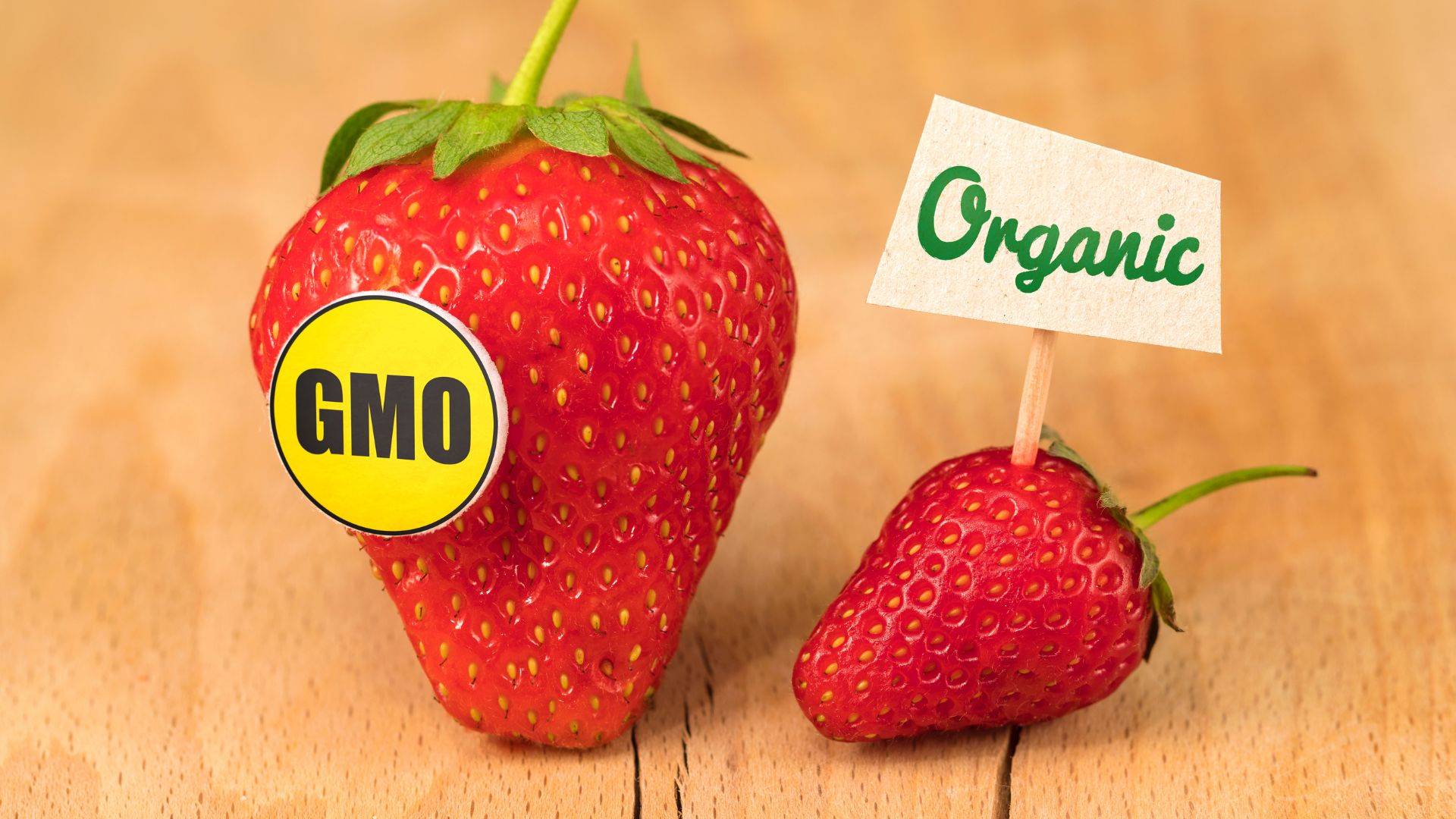Organic vs GMO: How Do These Labels Reflect the Quality of Food
With consumer interest veering more and more towards healthy eating, the age-old question remains: organic or GMO? Knowing that organic food is inherently healthier and better for the environment, the answer should be easy. However, the drastic difference in price makes it hard to keep choosing organic over GMO.
The demand for organic food is growing stronger each year. In the United States, the organic food market sales have seen consistent growth yearly since 2000, reaching 50 billion U.S. dollars in 2021.
As a restaurant, cafe or bar owner, your priority is to offer the best quality products to your customers. However, when your budget is limited and your mission is to obtain the best value for money, you might be tempted to reach for some GMO products.
To make an informed decision, you first need to fully understand the difference between organic, GMO, non-GMO and conventional products. So let’s go over each category and see what it offers.
What is GMO?
Essentially, a GMO is a genetically modified organism. Food marked as GMO has usually been genetically engineered in a laboratory. Genetically modified foods are usually altered to grow larger in size, have a higher nutritional value and be more resistant to disease.
Unnatural as the process of genetically modifying food may seem, GMOs do present a few advantages, compared to organic or conventional / non-GMO products. First of all, they are usually cheaper than their organic or conventional / non-GMO counterparts. Second, they are nutritionally improved and sometimes even taste better, which means their nutritional and flavor profiles are enhanced and they may provide additional health benefits to consumers.
With that in mind, the following question arises.
Should you always avoid GMOs?
The answer is yes, if you can. Through the process of genetic modification, a gene is inserted into the plant to alter the way it grows. These genes usually come from viruses or bacteria. As GMO foods are consumed, these viruses and bacteria get into our bodies. So, there’s one big (potentially dangerous) downside.
With the consumption of GMOs, there’s always the risk of allergic reactions. If you decide to purchase such products for your food venue, then you need to alert your customers to this possibility. Finally, some GMOs may carry cancer-producing genes.
What are organic foods?
The organic food label represents a category of products (mostly produce) that are grown sustainably and responsibly, using no chemicals or GMOs, and following the USDA’s regulations for organic food.
When it comes to organic produce, the U.S. Department of Agriculture has strict rules:
“Produce can be called organic if it’s certified to have grown on soil that had no prohibited substances applied for three years prior to harvest. Prohibited substances include most synthetic fertilizers and pesticides. In instances when a grower has to use a synthetic substance to achieve a specific purpose, the substance must first be approved according to criteria that examine its effects on human health and the environment.”
Is organic food always better?
Health-wise, yes. Genuine organic food is produced through organic farming practices, on healthy soil, using only natural substances, no artificial colors, flavors or preservatives. It’s better for our health and the environment
On the downside, it can get quite expensive. The cost of organic food is almost always higher than that of conventional / non-GMO products, and that can be challenging for those trying to find a bargain for their wholesale produce. Organic foods also do tend to go bad faster and show less resistance to pests.
What about non-GMO foods?
Many people tend to use the terms “non-GMO” and “organic” interchangeably. The reality is that to the end consumer they can appear quite similar, but there are some minor differences between them.
Non-GMO foods are, as the name suggests, foods that have not been genetically altered and therefore contain no genetically modified material. They are rigorously tested before they receive their non-GMO stamp of approval.
Non-GMOs are less heavily regulated than organic foods. Acquiring federal organic certification can be a costly process for farmers to go through, so some decide to skip it and stick with the non-GMO label only.
Which is better: organic or non-GMO?
The fundamental difference between organic and non-GMO foods is the absence of genetically modified material. Otherwise, they are quite similar. At the end of the day, the choice between them lies in the hands of the consumer.
Organic is without a doubt the wisest and safest choice. It comes with a strong quality guarantee, it encourages responsible, sustainable farming, it protects our health and the environment… the list goes on and on. However, organic food can be quite expensive, and not everybody’s budget is designed to support such costs.
Non-GMO, on the other hand, is the lesser evil. It is less regulated than organic food, which comes with risks. It is definitely a better alternative to GMOs, but still not as safe as organic food.
Luckily, if you run a food business anywhere in New York, New Jersey, Connecticut or Pennsylvania, your choice is easy. Through Riviera Produce, you have access to the finest organic produce at competitive wholesale prices. Explore our product catalog, choose from our rich selection quality produce sourced from local, certified farms and place an order when you’re ready!


